69 UMMA Objects
69 UMMA Objects
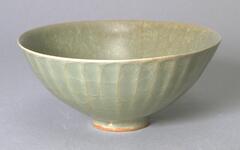
Chinese (Chinese (culture or style))
Bowl
13th century
Museum purchase for the James Marshall Plumer Memorial Collection
1964/2.73
![Shiva sits with his consort on a double lotus pedestal. He has six arms, his right three are in varada mudra [a giving gesture], holds a rosary and an arrow. His left arms cup his consorts left breast and hold a lotus flower and a bow. He sits in royal ease, with one leg pendant. He wears bracelets, armlets, necklaces, earrings, and a sacred thread that stretches form his left shoulder down past his waist. On his head he wears an elaborate jatamukuta, a crown interlaced with his matted locks. Parvati sits upon his knee with one leg tucked under her and the other pendant. She is also adorned with jewelry, but wears a more modest diadem at the front of her head.<br /> Shiva sits with his consort on a double lotus pedestal. He has six arms, his right three are in varada mudra [a giving gesture], holds a rosary and an arrow. His left arms cup his consorts left breast and hold a lotus flower and a bow. He sits in royal ease, with one leg pendant. He wears bracelets, armlets, necklaces, earrings, and a sacred thread that stretches form his left shoulder down past his waist. On his head he wears an elaborate jatamukuta, a crown interlaced with his matted locks. Parvati sits upon his knee with one leg tucked under her and the other pendant. She is also adorned with jewelry, but wears a more modest diadem at the front of her head.<br />](/media/W1siZiIsIjIwMjIvMDUvMjUvMnF5ZHF1aXpyaV9kZWZhdWx0LmpwZyJdLFsicCIsInRodW1iIiwiMjQweDIwMCJdXQ?sha=5e9565cd110a2b87)
Indian (Indian (South Asian))
Uma-Maheshvara, a seated Shiva and Parvati (Uma)
12th century
Museum purchase for the James Marshall Plumer Memorial Collection
1964/2.85
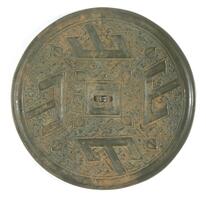
Chinese (Chinese (culture or style))
Mirror, Huai Valley type
9229 BCE
Museum purchase for the James Marshall Plumer Memorial Collection
1961/2.61
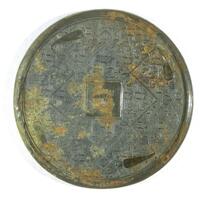
Chinese (Chinese (culture or style))
Mirror, Huai Valley type
9229 BCE
Museum purchase for the James Marshall Plumer Memorial Collection
1961/2.64

Chinese (Chinese (culture or style))
Mirror, TLV type
9794 BCE – 220 CE
Museum purchase for the James Marshall Plumer Memorial Collection
1961/2.57

Japanese (Japanese (culture or style))
Ôtsu-e: Demon soliciting alms (Oni no nembutsu)
18th century
Museum purchase for the James Marshall Plumer Memorial Collection
1964/2.102
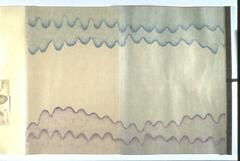
Japanese (Japanese (culture or style))
Sketches of Flowers: 25 compositions
1695
Museum purchase for the James Marshall Plumer Memorial Collection
1962/2.31

Chinese (Chinese (culture or style))
Mirror, “Illumination” type
9794 BCE – 220 CE
Museum purchase for the James Marshall Plumer Memorial Collection
1964/2.100

Chinese (Chinese (culture or style))
Mirror, "Marriage type" (with lobed rim and paired design motifs)
600 – 799
Museum purchase for the James Marshall Plumer Memorial Collection
1961/2.62
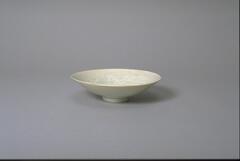
Chinese (Chinese (culture or style))
Bowl
960 – 1279
Museum purchase for the James Marshall Plumer Memorial Collection
1964/2.74

Chinese (Chinese (culture or style))
Horse Head
25 – 220
Museum purchase for the James Marshall Plumer Memorial Collection
1964/2.79
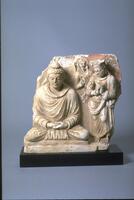
Artist Unknown, Gandhara (Ancient Pakistan and Afghanistan)
Buddha, seated in the padmasana pose, in dhyana mudra, attended by Indra
100 – 399
Museum purchase for the James Marshall Plumer Memorial Collection
1961/2.83
Loading…
